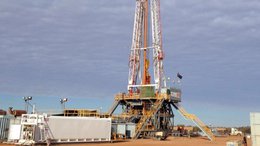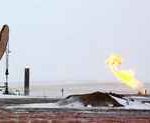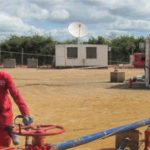The Influx of New Companies in the East African Upstream Oil and Gas Sector: What You Should Know
Wait a minute!
Have you ever sat down to think about why major oil companies of the world and international investors are scrambling for a solid ground in Tanzania’s oil and gas sector?
I have, and I have concluded that there is a huge potential hidden under the East African soil and in its neighboring waters.
East Africa has 157 trillion cubic feet of natural gas reserves and 7.2 billion barrels of oil.
Think about that.
Of those 157 trillion cubic feet of natural gas, 100 trillion cubic feet were discovered in Mozambique and the remaining 57 trillion discovered in Tanzania.
According to the US Geological survey, Tanzania has potential natural gas reserves of up to 441 trillion cubic feet solely in the coastal region. So, more discoveries might be forthcoming.
Tanzania and Mozambique are some of the new natural gas exploration hotspots in the world. Meanwhile, Uganda and Kenya have also discovered massive oil resources.
Recognizing that there are untapped natural resources in East Africa, multinationals are flocking into the region. Exploration in and development of the oil and gas sector have become powerful magnets for increasing foreign direct investment (FDI) in the region and the country at large.
Some years back, European nationals and companies were the ones dominating the East African oil and gas industry. However, in recent years, many Asian companies are also competing with the Europeans.
An example is the Chinese state-owned CNOOC, which is one of the developers of the Ugandan oil resources that work in partnership with Total and Tullow to develop Uganda oil resources.
Another Asian competitor in the East African upstream oil and gas resources sector is China National Petroleum Corporation (CNPC) that bought 20% stake in Italy’s ENI that operate in Area 4 offshore in Mozambique.
In Tanzania’s case, Royal Dutch Shell, in partnership with Singapore’s Pavilion Energy and UK-based firm Ophir Energy, has some 16 trillion cubic feet of offshore reserves.
Norway’s Equinor (previously Statoil) and US supermajor ExxonMobil have 23 trillion cubic feet offshore.
These five firms are working on building the Liquefied Natural Gas plant (LNG) though the progress is being delayed due to low LNG price in the global market.
In addition, in the coming years, Sub-Sahara Africa upstream oil and gas summit would take place in other regions. But Zenith Professional Training (ZPT) will host the 2019 edition Sub-Saharan Africa upstream oil and gas summit in Tanzania.



